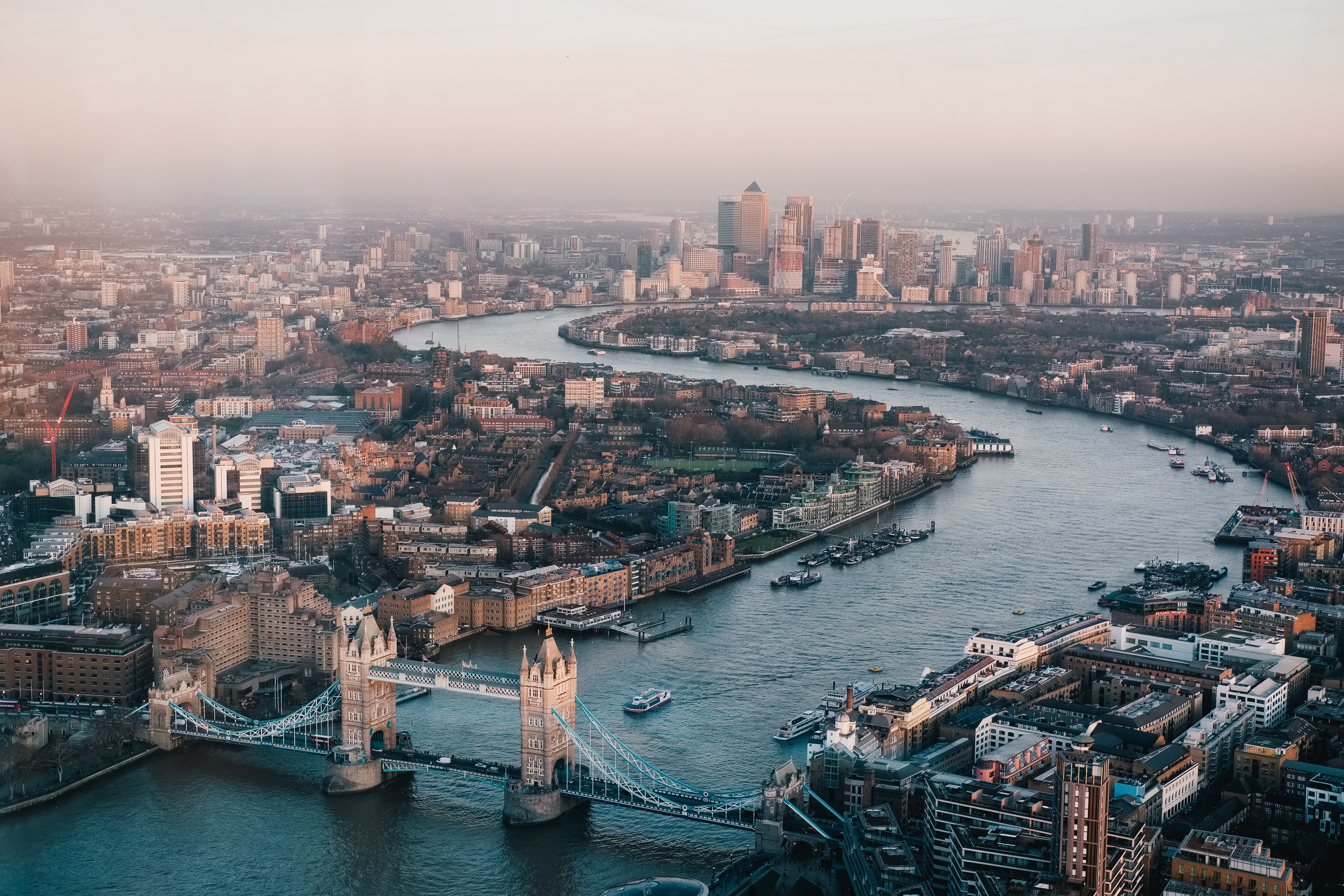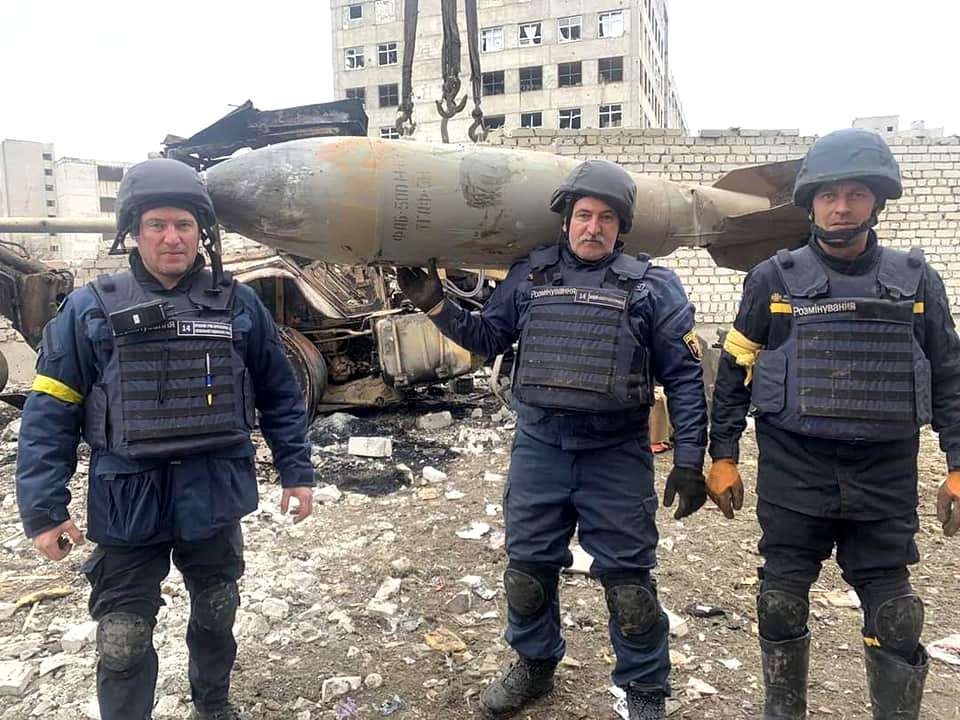Envision a familiar place meaningful to you. Recall with as much detail as possible the elements that make this space special—slowly recreate the scene pixel by pixel in your head. If you dig further beyond a visual recollection of this place, can you hear the place as well as you can visualize it? Do the timbres you hear convey a specific sense of the environment?
These questions take us into the world of soundscapes, a collection of natural and human-made ambient noises that create an auditory landscape. It draws attention to noises that often fade into the background of a layered sound environment but are instrumental and often overlooked in creating the idea of placemaking or circumstance. As COVID-19 disrupted the daily routines of life across the globe this past year, we were given a collective opportunity for reflection—to make space for the often-overlooked parts of our life. We, the RUPS 2021 cohort, all took a leap in starting our master’s this past fall during a worldwide pandemic (especially as a majority international cohort); but as aspiring urbanists, living through a time where traditional practices of community and placemaking aren’t possible, it felt appropriate to get creative, turning to the uncommon aspect of the urban space—sound. Collaborating on this project allowed us to explore urban planning from an unconventional perspective, surpass distance and connect with each other when we couldn’t do so physically, and produce our own transnational soundscape.
The origin of the soundscape is widely attributed to Michael Southworth, currently Professor Emeritus of City and Regional Planning at UC Berkley. In his seminal 1969 essay “The Sonic Environments of Cities,” he describes the experience of the city as a ‘bombardment’—a ‘crazy quilt of sense impressions’—and sought to explore the urban form through the character of city sounds.[1] He questioned whether the quality of city life could be improved through an analysis of sound. His research found real implications for the future of urban design where he argues the “visible form conceived as an isolate…can never be experienced as intended…when the sonic form (is)…not designed in correlation.”[2]
A Google search today pulls up thousands of soundscapes that cover various places and even time. It ranges from the sounds of nature to the daily urban life on the streets of Paris. The U.S. National Parks Service has a Natural Sounds and Night Skies Division to capture and record the “quiet symphony of nature” in some of the country’s most beautiful places (https://www.nps.gov/subjects/sound/index.htm). In the first project of its kind, French musicologists and social historians worked together to recreate the sounds of 18th century Paris as they were heard at the time set against a famous urban survey completed in 1739 (https://news.cnrs.fr/articles/sound-18th-century-paris).
As we enter 2021, after living the past year adapting our habits and routines to COVID-19, we weren’t alone in our interest of reflecting upon sound—many Londoners have noticed how their sound environment has changed as well. Those living close to Heathrow expressed gratitude as the constant noise of planes taking off decreased in frequency (some almost wishing for it to come back). Those living closer to Central London noticed that with fewer people about, birdsong returned to parks and greenspaces where it had not been heard in years. Most notably felt the absence of the hustle and bustle of people zooming down the sidewalk, getting on the tube, or shouting in an overcrowded pub. These soundscapes uniquely reflect the times we’re in and help orient our daily life, such as hearing your entire street erupt in a “pots and pans symphony” every Thursday night to support healthcare workers. Down the line, it will be projects like the Museum of London’s “Collecting COVID”—a collection of photographs and recordings of ‘silent London’—that combine the sonic and urban form that we turn to in remembering this silently chaotic time in history. (https://www.museumoflondon.org.uk/discover/recording-london-soundscapes-past-present).
We wanted this project to celebrate and reflect the individual identities that make up our RUPS ‘21 cohort in these odd times. The cultural exchanges we would have experienced face to face were stymied by stay at home orders, and as most things in 2020 ensued, the way that we’ve been able to build community has looked different. We’ve seen snip-bits of Shanghai, Bogotá, and Singapore in the background of videos before hearing about it from our classmates. Our first introduction to one another took place in Zoom breakout rooms during Econ class. We have a good grasp on the room people like to take lectures in. We’ve never felt the digital age as aggressively as we’ve experienced it this year. We’ve met each other’s digital personas, and for the lucky bunch who’ve made it to London, experienced each other’s awkward, social flailing as we relearn how to use our in-person social interaction muscles. And because of this, it was important to create something lasting as a group that reflects us individually and brings us together over our shared interests in cities and the people who inhabit them.
Our soundscape consists of sound samples roughly a minute long with an accompanying photograph and reflection to add context to the recorded sound. It spans from San Luis, Mexico to Hong Kong, through many London boroughs, all the way to Singapore’s Esplanade. These samples reveal insights into what is meaningful and valuable to each of us in an urban environment—whether it’s a space to gather with friends or a quiet green oasis in a bustling city. The reflection of a sense of heritage or community, and connection of new spaces in London to the familiar places of home rings clear throughout these pieces. Sounds reveal so much—it is worth asking ourselves what role sounds play in our understanding of places. What sounds are unique to a place that is ‘stable’ or one that is ‘in flux’? When spaces evolve what sounds are lost and what are emerging? In 2021 and onwards as we engage and understand our environment, appreciate the people around us who make up our communities, and work towards ameliorating the places we occupy—we hope you’ll make space for the often overlooked details in urban issues that merit reflection.
Listen to our soundscapes taking a tour on the map below:
References
[1] Southworth, Michael (1969). “The Sonic Environment of Cities”. Environment and Behavior. 1 (1): 49–70. doi:10.1177/001391656900100104, 65.
[2] ibid.




Fabulous work. I have recordings a colleague did of Quaker Meetings Houses in southeastern PA US, if you’d like to hear them.
Here is my question–I’m teaching an undergraduate course on World Cities and would love to be able to share what each of you mean by the concept “aspiring urbanists.” Could you unpack it for us and describe and explain its inner workings?
Many thanks
Hi John – sorry for the delayed reply back! Here are the comments on what it means to be an ‘aspiring urbanist’ and also we would love to hear the recordings from the Quaker Meeting Houses!
To be honest, I used the phrase instead of “aspiring planners” because I know not everyone in the cohort aspires to be a Planner, but we’re all interested in engaging with urban policies and processes to some degree, so I looked for a broader term.
Giving it some more thought though, I would say anyone who is involved with improving cities/urban life is an ‘urbanist’: whether you’re a Master Planner or a someone who is campaigning for more cycle lanes, or building a community garden. To me, it’s less about professional titles and qualifications and more about taking an active role in shaping your neighbourhood or city. I did have some more positive, New Urbanist type associations with it though- I’d hate to see NIMBY’ers calling themselves ‘Urbanists’ based on the definition I just gave. – Hannah Leslie
I echo everything already said. From my end, when Hannah and I were writing this, I gravitated towards a subtle call to action for our generation. The majority of millennials are living in cities or urban environments compared to our parents’ generations, and there lies an opportunity in thinking about what it means to occupy that space. To me, it extends beyond working in or for a city to include a question asking, what does it mean to live in a city? What responsibilities do people living in cities have to the community, to place-making, to the urban environment at large? Especially as cities like London are grappling with rising density and housing shortages (although the effects of COVID have yet to be realized), I think these are important questions to engage in. – Brittany Hsieh